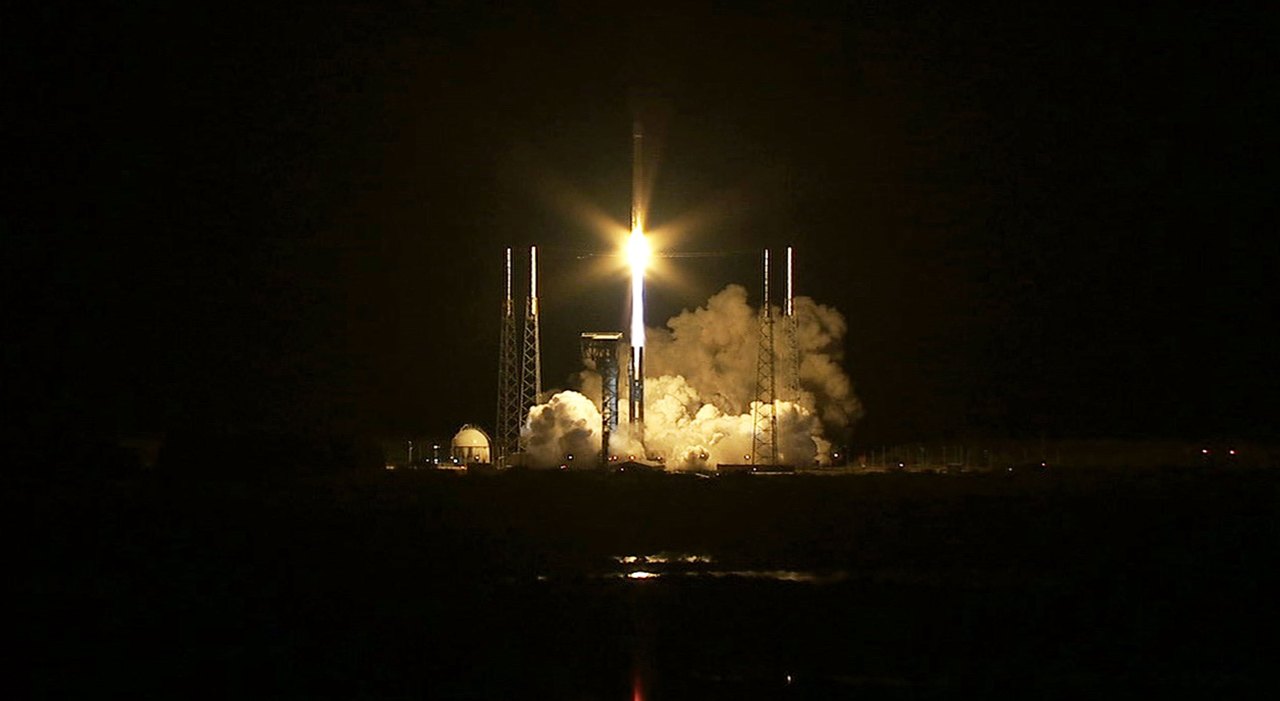More than 3.5t of science experiments, flight equipment and supplies are on their way to the International Space Station (ISS) following the liftoff at 11:05:52 p.m. EDT Tuesday of a United Launch Alliance Atlas V rocket from Cape Canaveral Air Force Station in Florida carrying an Orbital ATK Cygnus spacecraft.
The launch kicks off Orbital ATK’s fifth cargo delivery flight under its Commercial Resupply Services contract with NASA. The Cygnus is scheduled to arrive at the orbiting laboratory Saturday, March 26. It is the second flight of an enhanced Cygnus spacecraft, and the second using the Atlas V launch system. The cargo freighter features a greater payload capacity, supported by new fuel tanks and solar arrays, and an extended pressurized cargo module that increases the spacecraft’s interior volume by 25%.
Equipment carried on the Cygnus will be used to perform investigations into areas ranging from fire in space, to observing meteors from orbit as they dive into Earth's atmosphere, to examining a new adhesive method inspired by the microscopic hairs that let geckos climb and hang upside down. Cygnus is also carrying a next-generation 3D printer designed to manufacture items in orbit.
The cylindrical Cygnus, measuring about 6.4m long and 3m in diameter, will approach the space station Saturday morning. The vessel will manoeuvre within reach of the station's 17m-long robotic arm. NASA astronaut Tim Kopra and European Space Agency astronaut Tim Peake will use the arm to grapple the Cygnus and pull it toward the Earth-facing port of the Unity module where it will be berthed for about two months.
One of the payloads on Cygnus is the automated Saffire experiment to study the spread of a large fire in space, which has not been possible in the past because the risks for performing such studies on spacecraft with astronauts aboard are too high. Once the spacecraft has departed and reached a safe distance from the space station, engineers will remotely conduct the first Saffire experiment before the Cygnus’ destructive reentry into Earth’s atmosphere.

